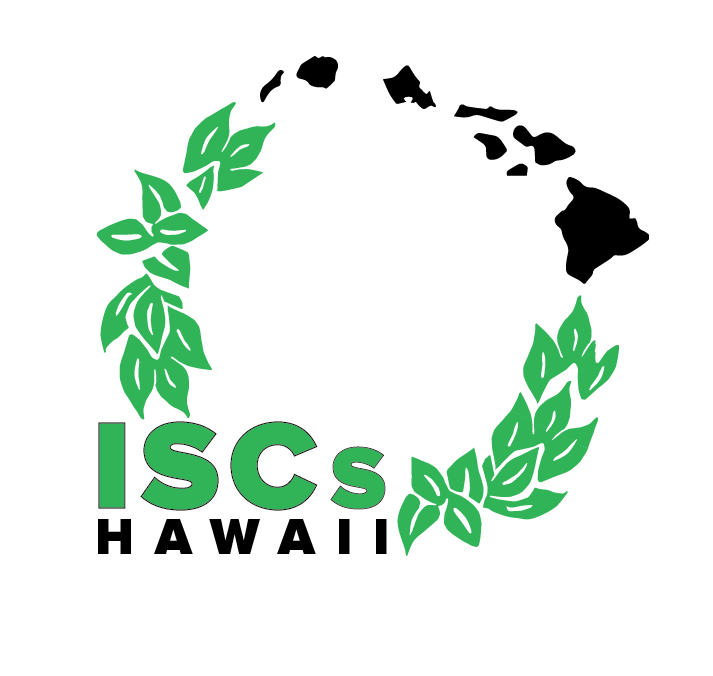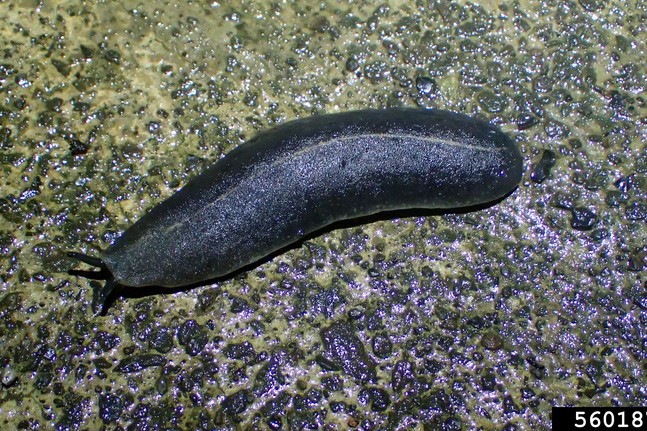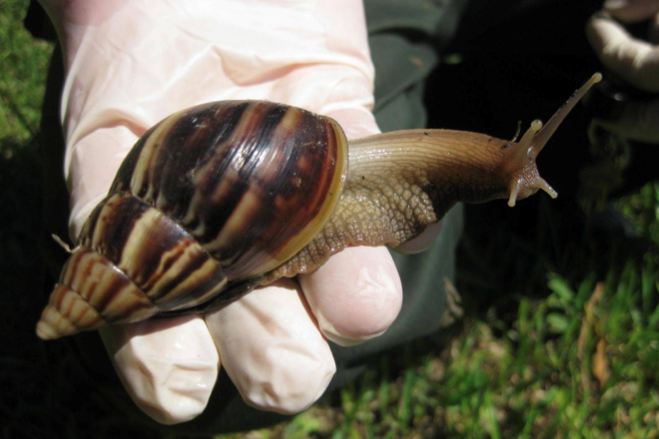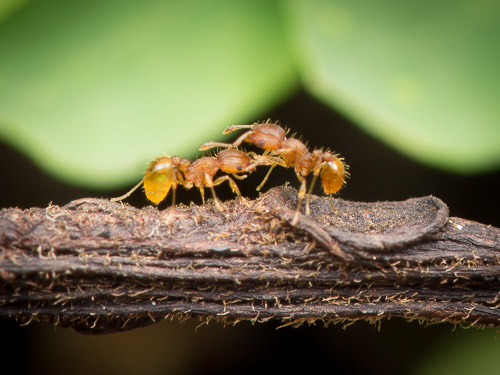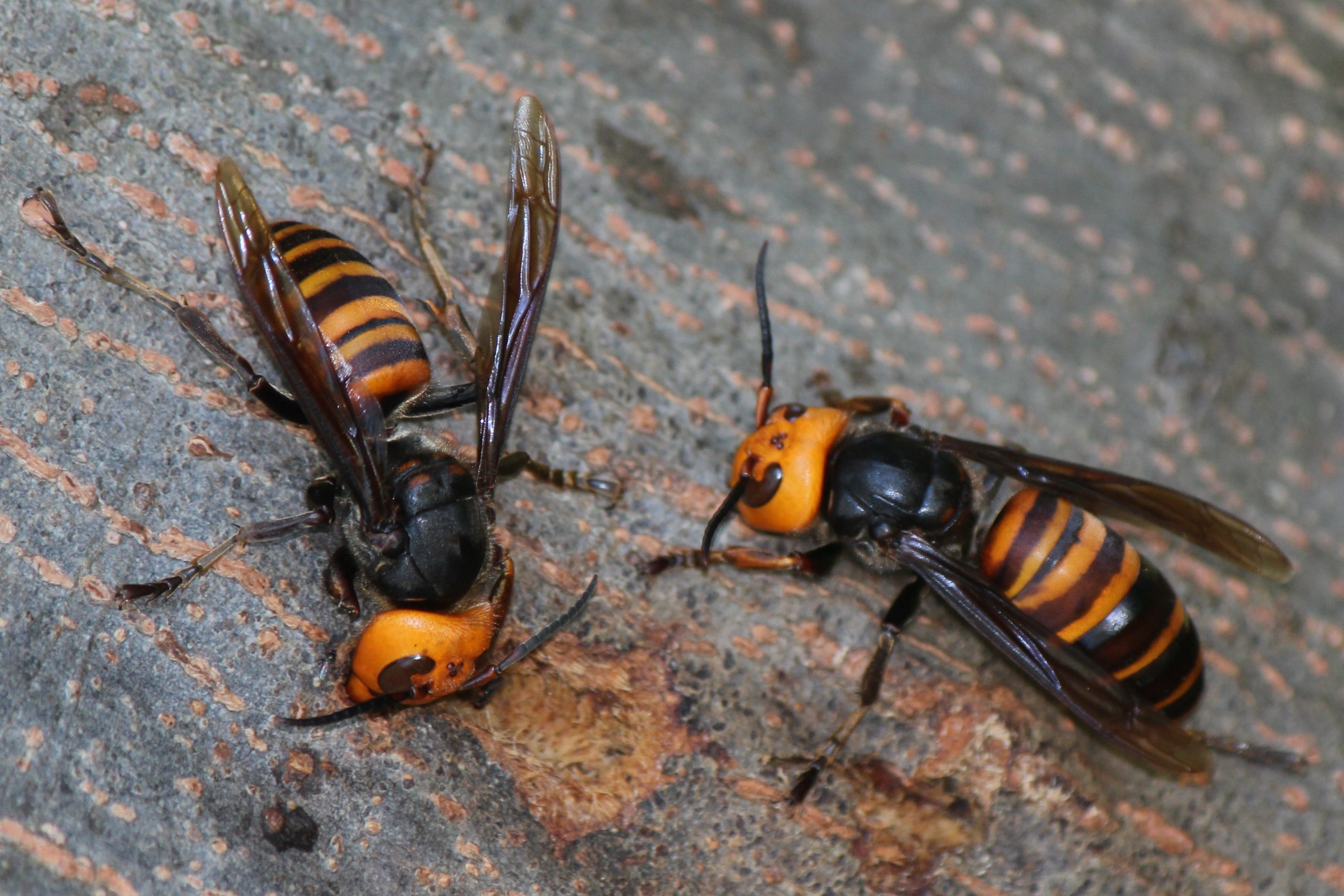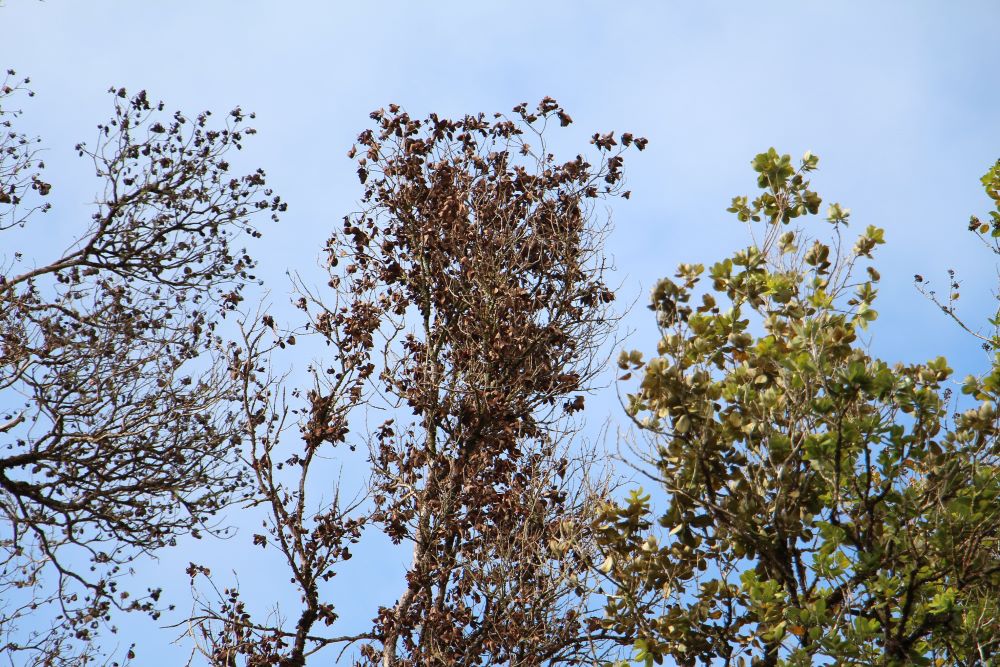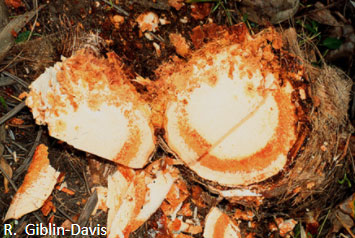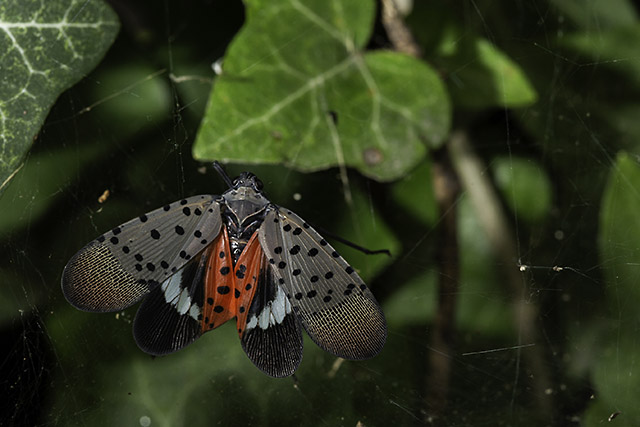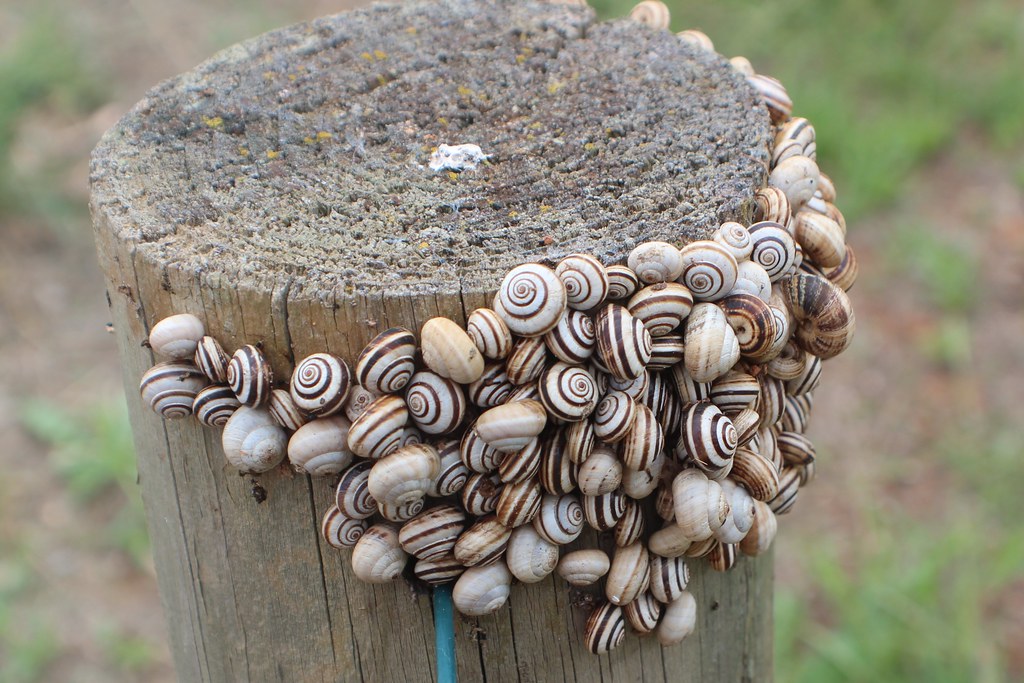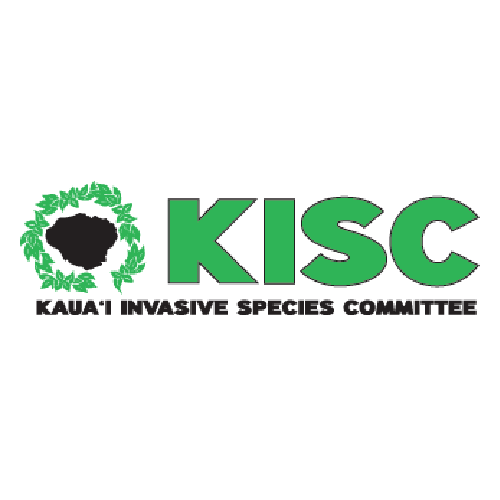Common name: Coconut rhinoceros beetle
Scientific name: Oryctes rhinoceros
Status in Hawaii: Established on Oahu and detected on Kauai
A major pest of coconut palms, this stout beetle has a single distinctive horn. Adult beetles are active at night. Palm damage and its presence in decaying plant material is an indication of an infestation.
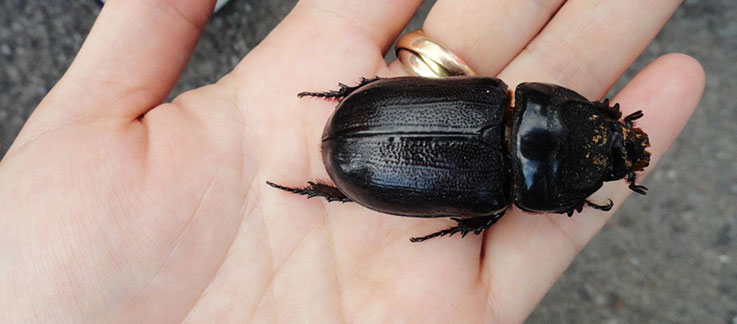
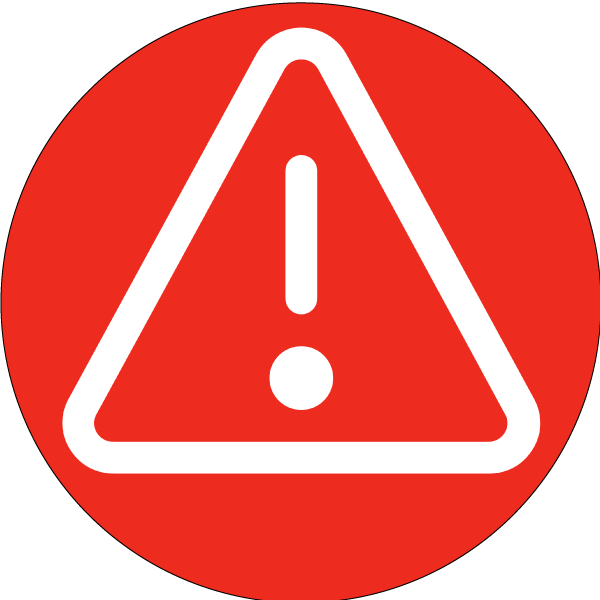
Impacts
- Extensive damage can kill palms. Coconut are preferred but also other palm species including, native Hawaiian and endangered species such as Loulu.
- Secondary feeding sources include hala, banana, sugarcane, and taro.
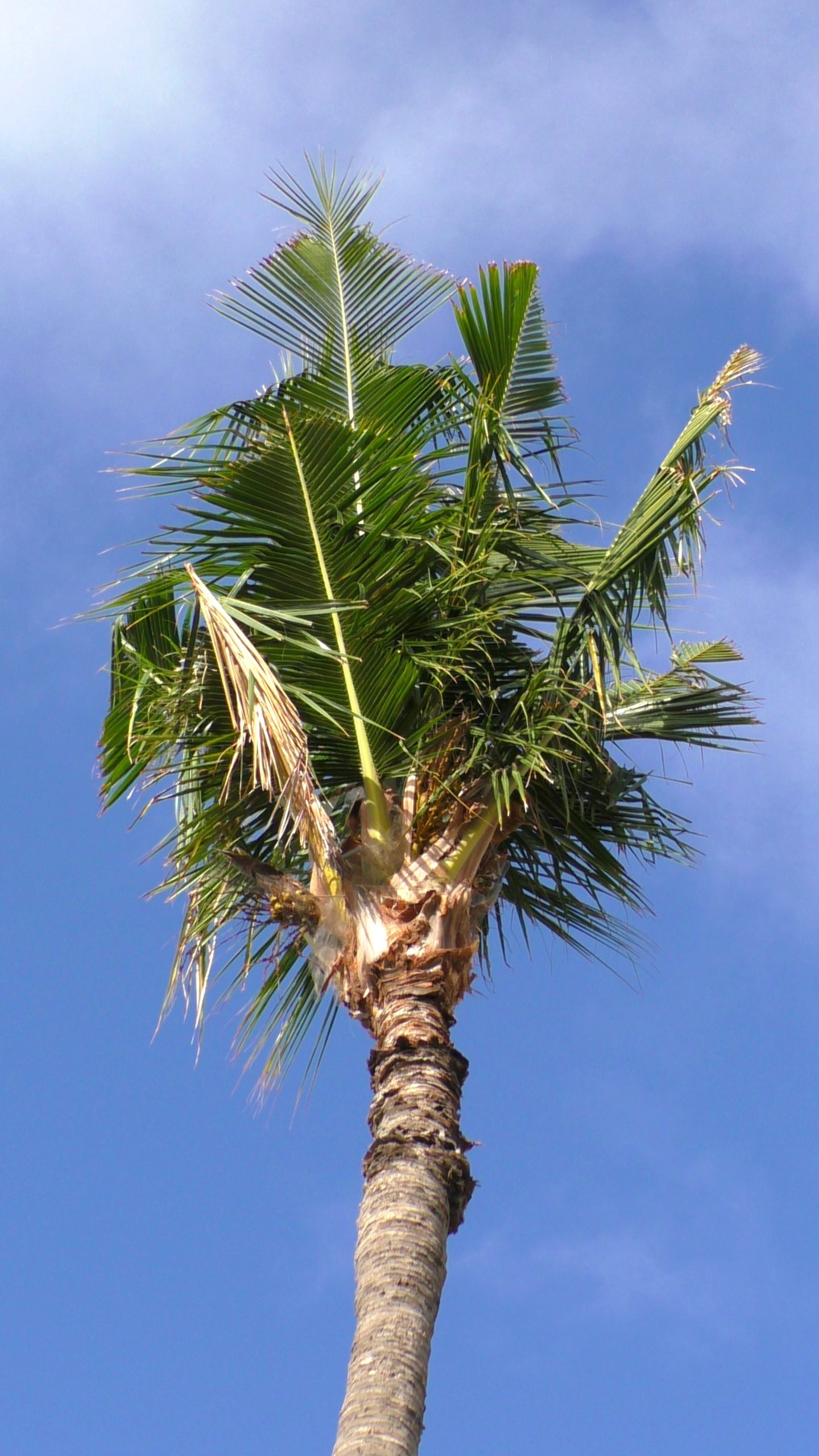
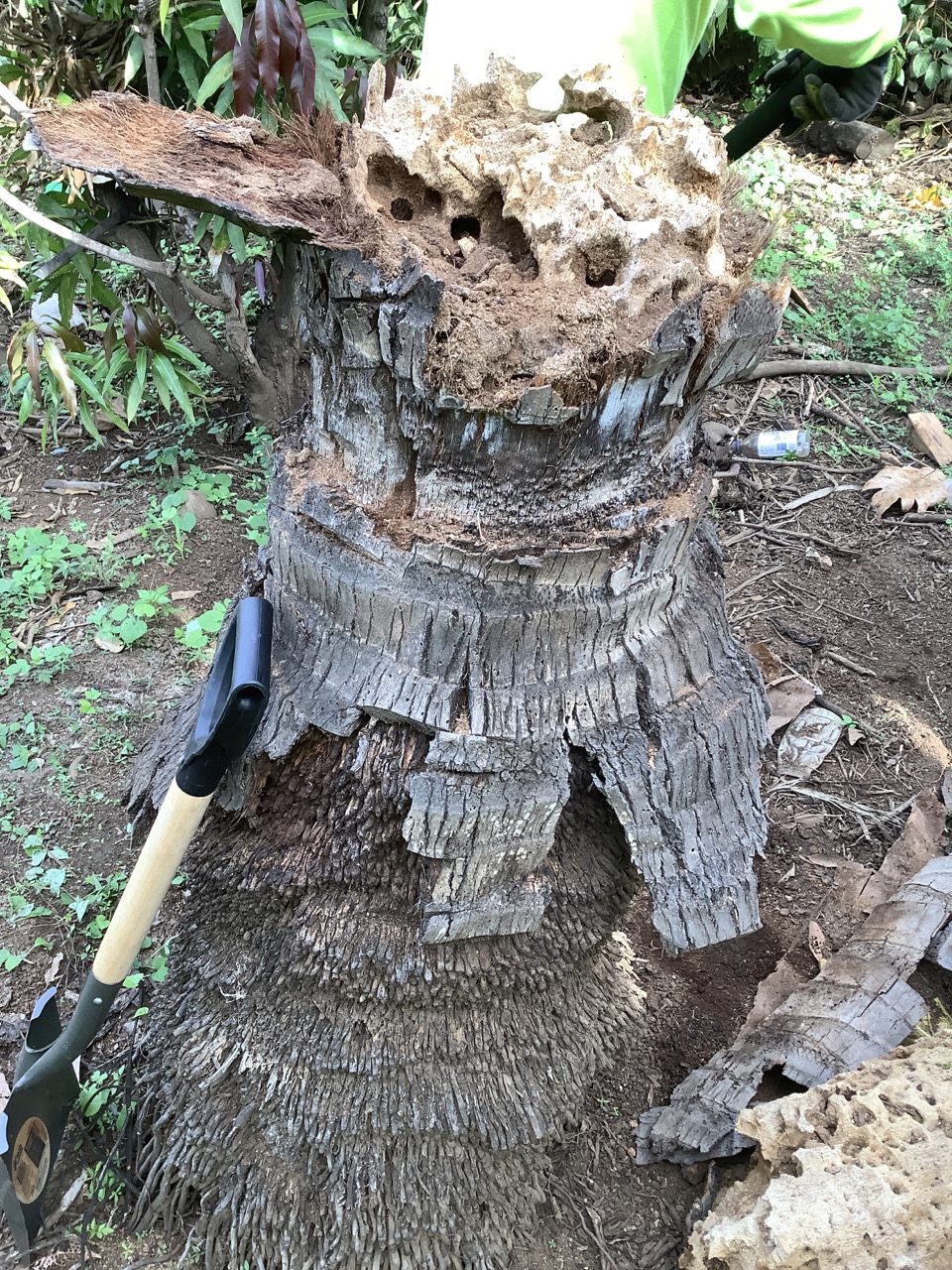

Identification
- Egg: smaller than a grain of rice, off-white, oval.
- Larva: 3 instars. Off-white body, reddish head capsule, and can grow up to 8.9 cm (3.5 in) long.
- Pupa: orange/brown color.
- Eggs, larvae, and pupae are primarily found in decomposing green waste or dead palm stumps.
- Adult: 3.8-5.1 cm (1.5-2 in) long, shiny black with a single horn. Nocturnal and can fly. Primarily found in decomposing green waste or in the crown of palms.
- Feeding damage indicated by oval-shaped boreholes about 5.1 cm (2 in) typically found in midrib of fronds or in the crown or trunk of the tree.
- V-cut shapes or boreholes in leaflets of fronds.
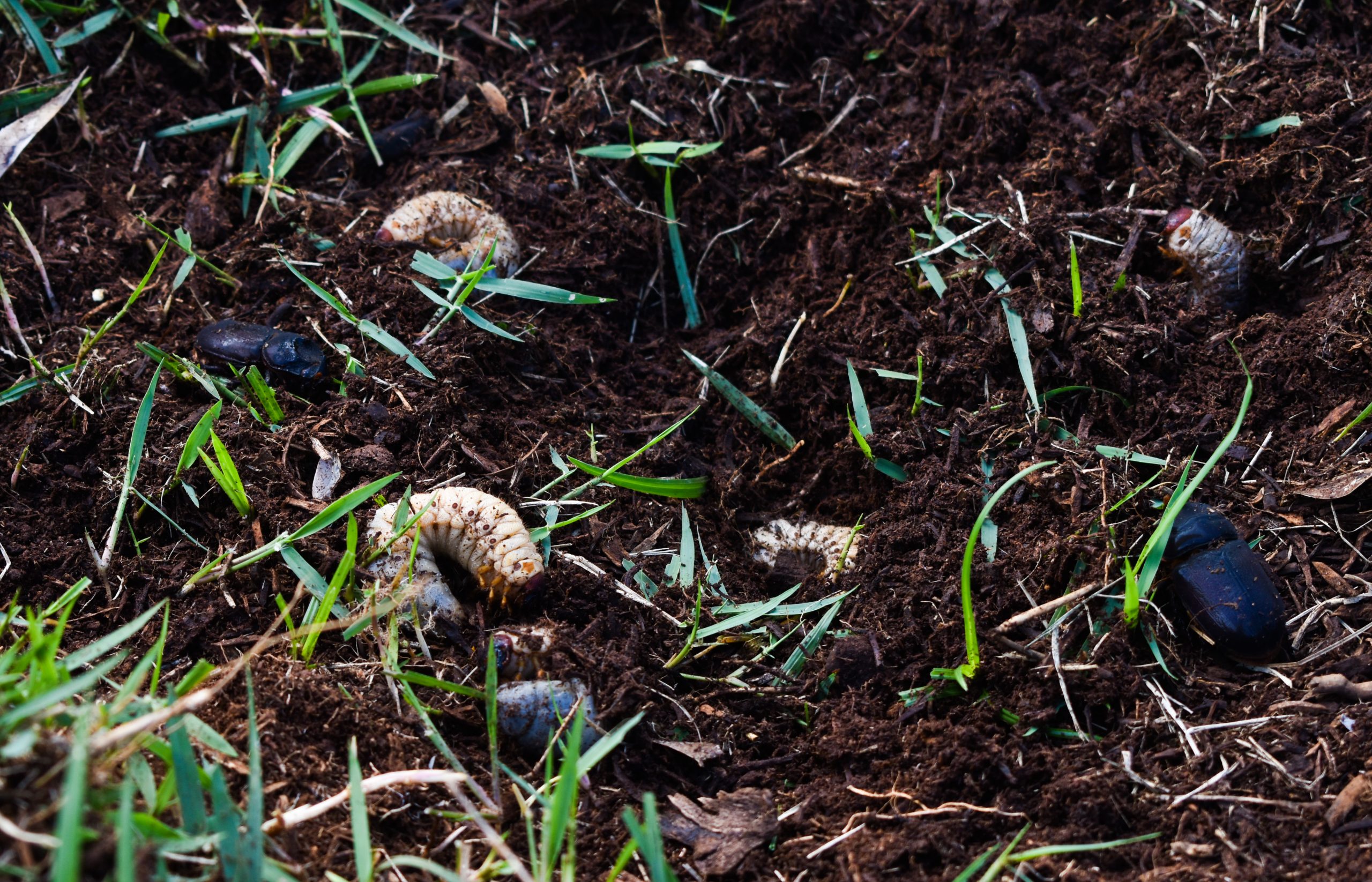

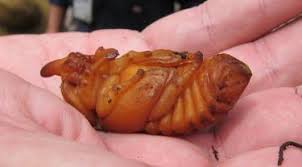
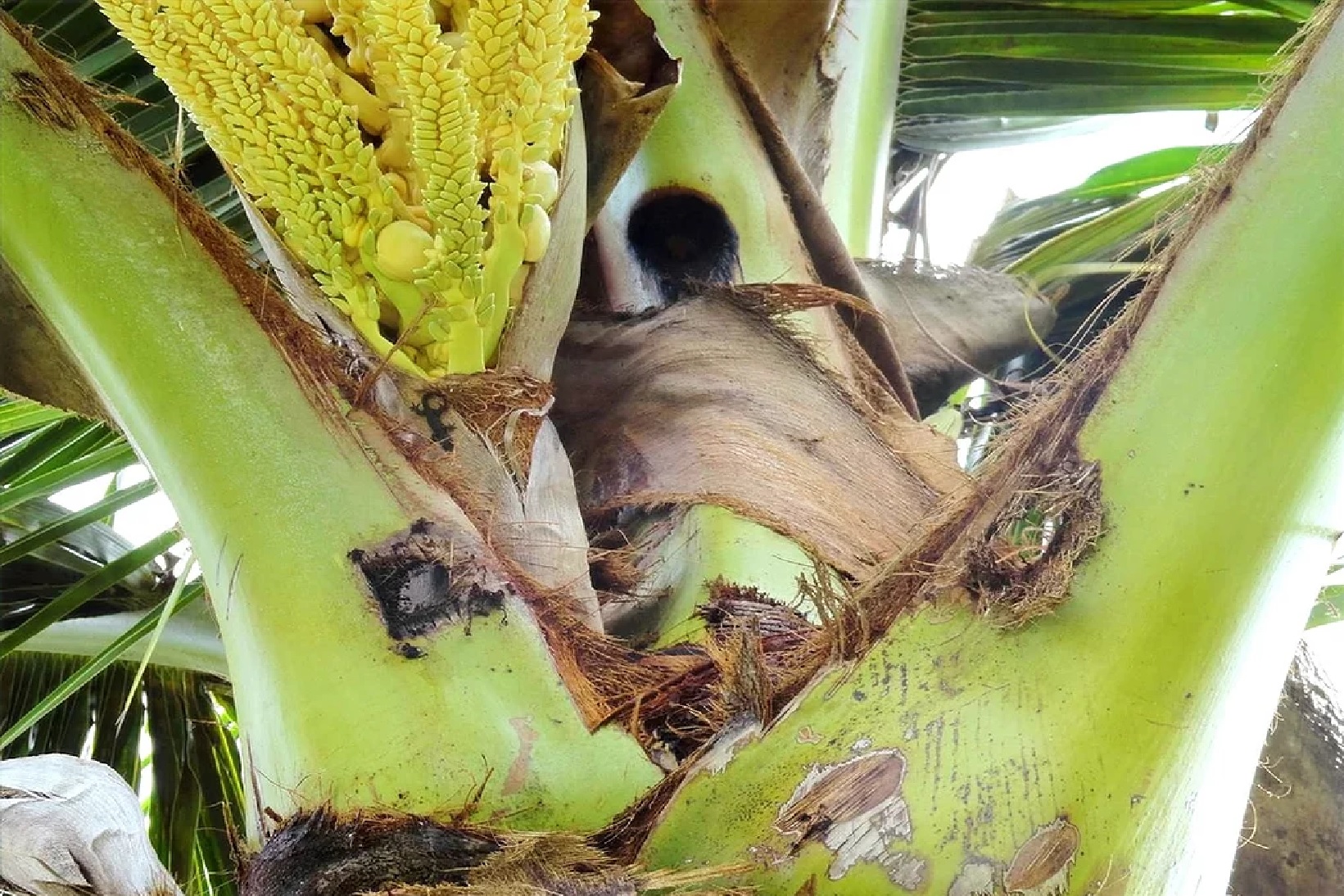

Vectors/Commodities
- Mulch/compost/planting material.
- Movement of green waste/mulch/tree stumps/decaying plant material.
- Palm plants.
- Adults can fly.

Distribution
- In Hawaii:
- Established on Oahu. Populations are generally around Pearl Harbor and central Oahu. Detected on Kauai May 2023.
- Outside Hawaii:
- Highest risk from Guam, adult beetles can travel in wheel wells of planes.
- Throughout Asia and Western Pacific. Philippines, Indonesia, Japan, Samoa, and Tonga. Africa and the Middle East.

Best Management Practices
This species is not widespread throughout the state. Prevention and early detection are key to containment and eradication efforts that protect the nursery industry and community from further impacts.
- On Oahu:
- Prevent spread by minimizing green waste stockpiles and movement of material.
- Inspect plants and plant material for signs of damage or breeding before sale.
- Chip and immediately remove green waste to an active composting or burn facility.
- If green waste is left on site, keep material whole- do not chip.
- Check planting material like compost or mulch for infestation, including bags of material. Heat treat material to 130F before use if possible.
- All other islands:
- Consider sourcing options and pest distribution (maps at crbhawaii.org) when purchasing plants.
- BOLO: Be on the lookout! Regularly inspect all palms, green waste, and planting material for indications of CRB, adult beetles, and larvae.
- Report any suspect pests to 643pest.org or by phone 643-PEST (7378).
Other Nursery Pests
PEST PREVENTION TRAINING
An advanced education program for those on the front lines protecting Hawaii from invasive species.
Contact your local Invasive Species Committee to schedule a training for your team. Learn more
This material was made possible, in part, by a Cooperative Agreement from the United States Department of Agriculture’s Animal and Plant Health Inspection Service (APHIS). It may not necessarily express APHIS’ views.

